The idea was designed from an inclusive perspective, to improve the quality of life of people in the neighborhood. The project tries to reconnect the different levels of the place, building a floor with a continuous paving of anti-slipping stone as an adaptation of the traditional paving system. The connections with the streets are solved with soft ramps and with stairs of small height, to facilitate the daily displacements of the elderly people. The historical Valencia Street had been lost when the archaeological area was opened up and is connected from the historical center. A large wooden platform that adapts to the natural topography with steps, recovers this historic access road. The floating plaza is a continuity of the public space of the surrounding streets, which overflies the archaeological space. A floating pavement of iroko wood slats, with details of handcrafted placement, on a steel structure that allows it to adapt to the topography. An urban space made of wood promotes the tactile sensation of small scale in urban spaces.
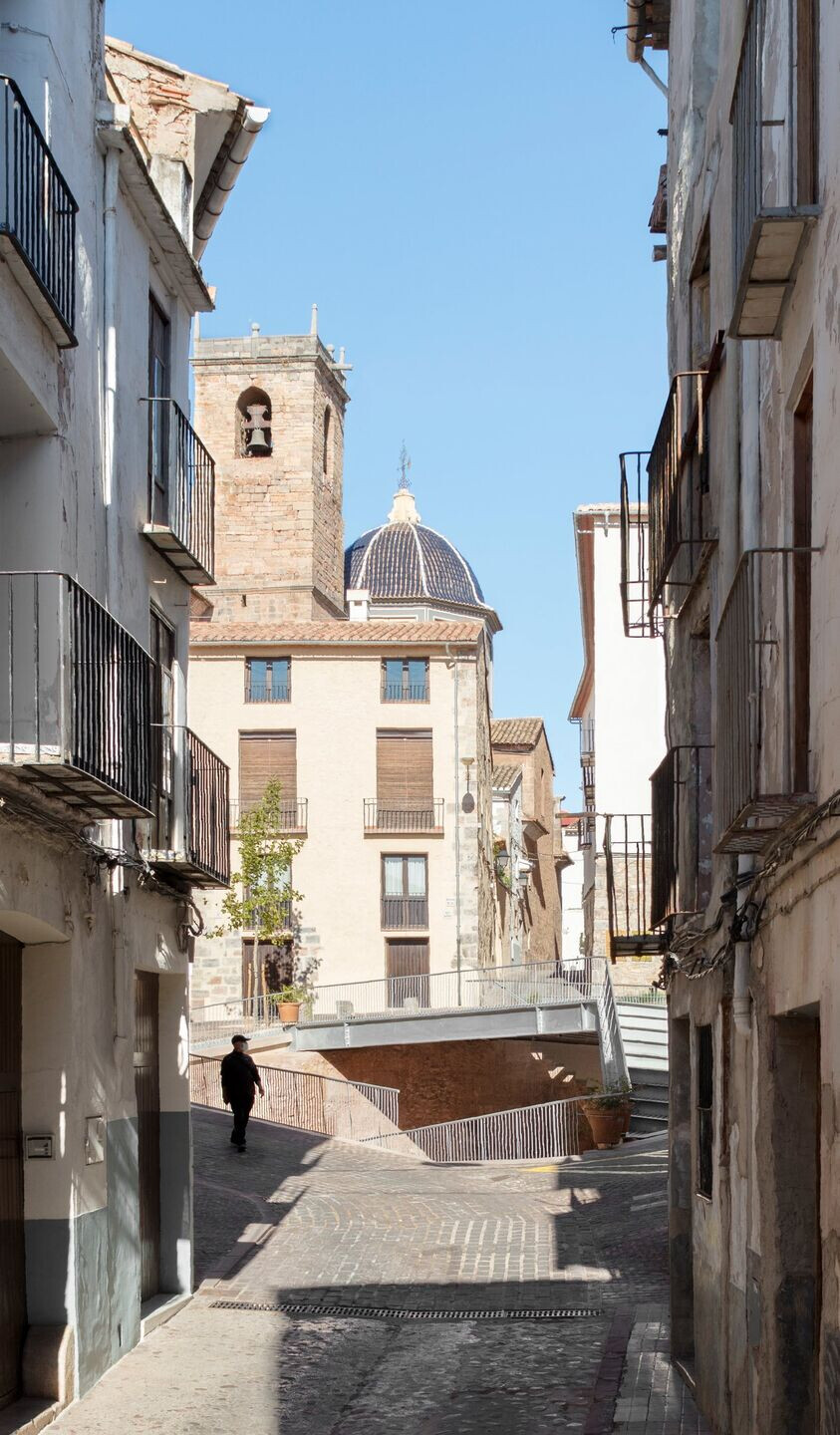
1. Sinagogue Square. Context The project is an urban regeneration and heritage intervention, located in the Historical City Center of Onda, from de Islamic period (s.XI-sXII) declared as a Monument of Significant Cultural Interest with the Monument category in 1967. The square is a void in the medieval city, in a topographic area, close to the archaeological rests of arabic medieval palaces and the Chistian Church. This square was a social meeting space in the past, for agriculture uses or as a playground of a children’s school. But in the last decades was used only as a parking lot, degradating the quality of the space. In 2016, during an archeological research, an enclosure of medieval rammed earth walls reinforced with stones and the rests of a stair and pilasters of arches were discovered 5 meters deep in the ground.
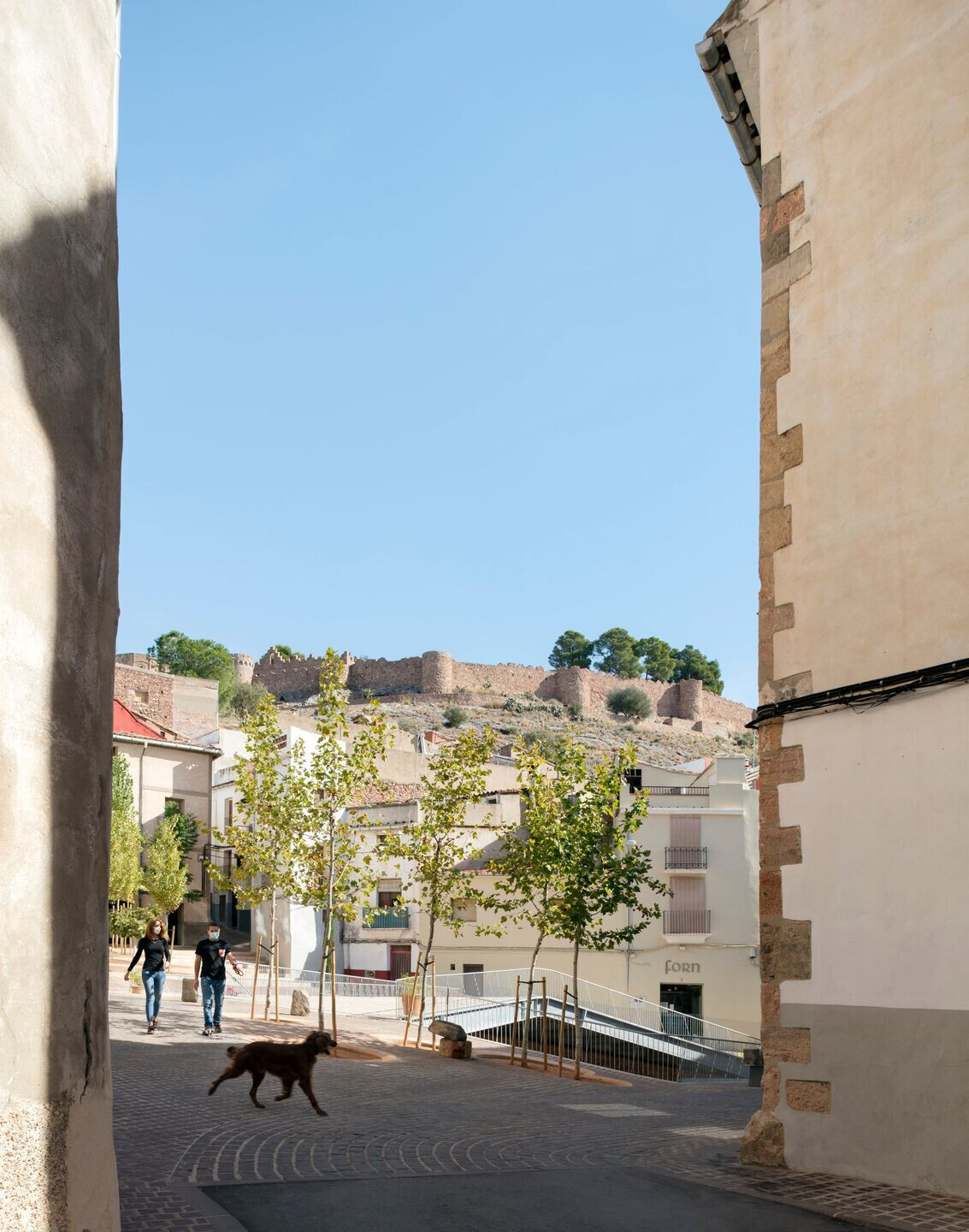
2. Conservation status In the archaeological site were discovered the remains of a large space 15x15 meters size, from an Andalusian raft of the 12th Century surrounded by 1,40 meters thick walls. This space was reused during the 13-14th Century, during the Hospital Christian Order time, building 4 lines of stone arches and a Gothic staircase from a civil or religious building. The aim of the intervention is to recover the interest and urban life of the neighborhood with an evident depopulation, from the reintegration of the archaeological site to the rest of the square and restoring the connexions to the streets that were lost during years in the archaeological works.

3. Participatory Heritage. The design was adjusted through different meetings with neighbors and residents of the neighborhood, to adapt to the different particularities: people with reduced mobility, small businesses, preferential routes, needs of meeting and play spaces...
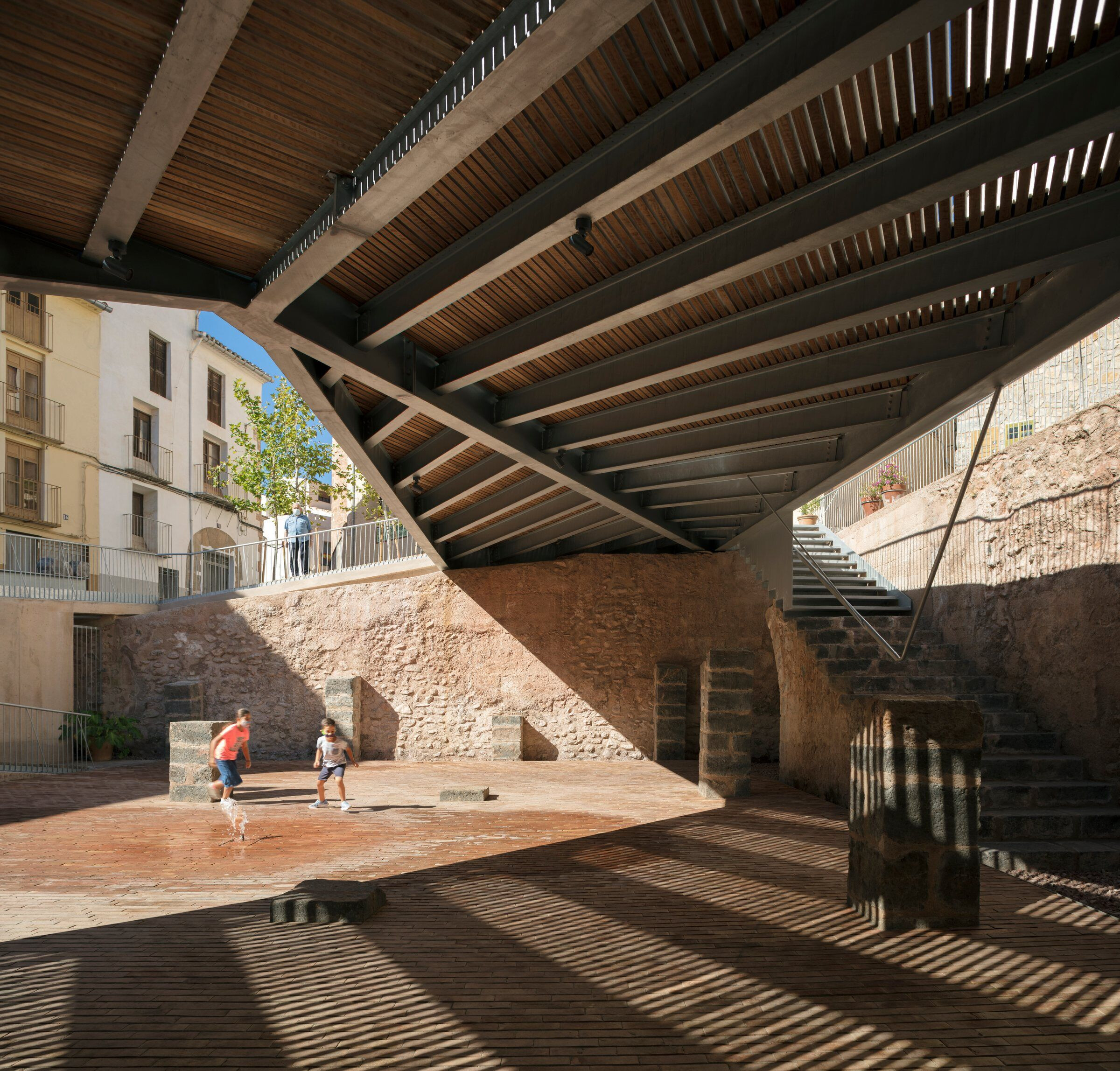
4. The project was designed from an inclusive perspective, to improve the quality of life of people in the neighborhood. The project tries to reconnect the different levels of the place, building a floor with a continuous paving of anti-slipping stone as an adaptation of the traditional paving system. The connections with the streets are solved with soft ramps and with stairs of small height, to facilitate the daily displacements of the elderly people...to go to the oven, to the Church or to take the children to school. The historical Valencia Street had been lost when the archaeological area was opened up and disconnected from the historical center.
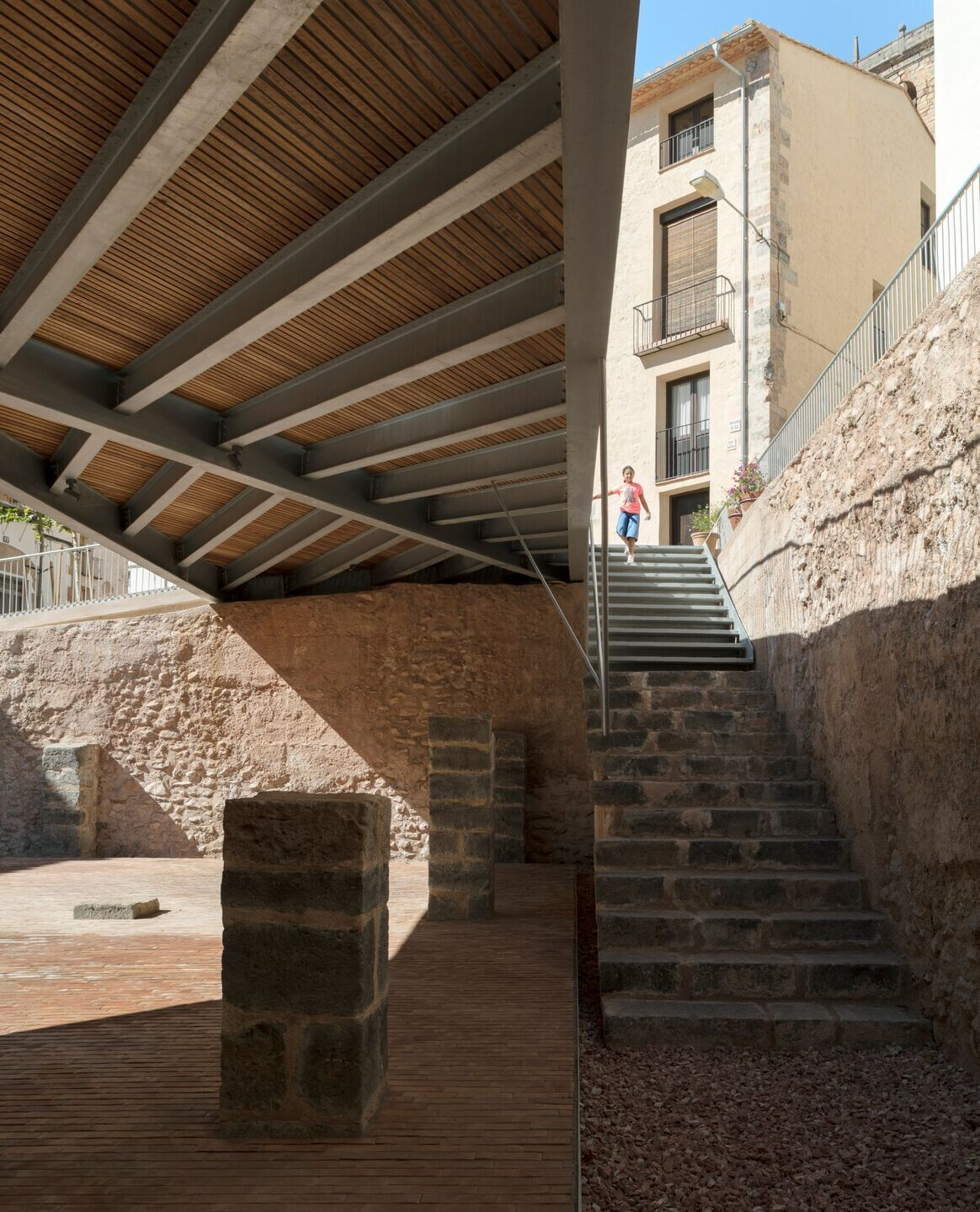
A large wooden platform that adapts to the natural topography with steps, recovers this historic access road. The floating plaza is a continuity of the public space of the surrounding streets, which overflies the archaeological space. A floating pavement of iroko wood slats, with details of handcrafted placement, on a steel structure that allows it to adapt to the topography, through a gentle staggering of small steps to sit and chat. An urban space made of wood, friendly, that promotes the tactile sensation of small scale in urban spaces.
Team:
Architects:
Pasqual Herrero Vicent
Francisco Leiva Ivorra
Juan Miguel Gil García
Fernando Navarro Carmona
Eduardo J. Solaz Fuster
Mª Amparo Sebastiá Esteve
Collaborating Architects:
Andrés Llopis Pérez
Jorge Juan Roy Pérez
María Pitarch Roig
Anna Morro Peña
Víctor Muñoz Macián
Yasmina Juan Osa
Francisco Piñó Alcaide
Andrea Gargallo Manota
Structural engineer: Alejandro Doménech Monforte
Agricultural Engineer: Marta García Chico
Technical architects:
José Luis Carratalà Rico
Guillem García Martí
Sara Juanes Herrera
Elisa García Capilla
Client: Ajuntamentd’Onda
Builder: LICUAS SA
Structures: Llinares
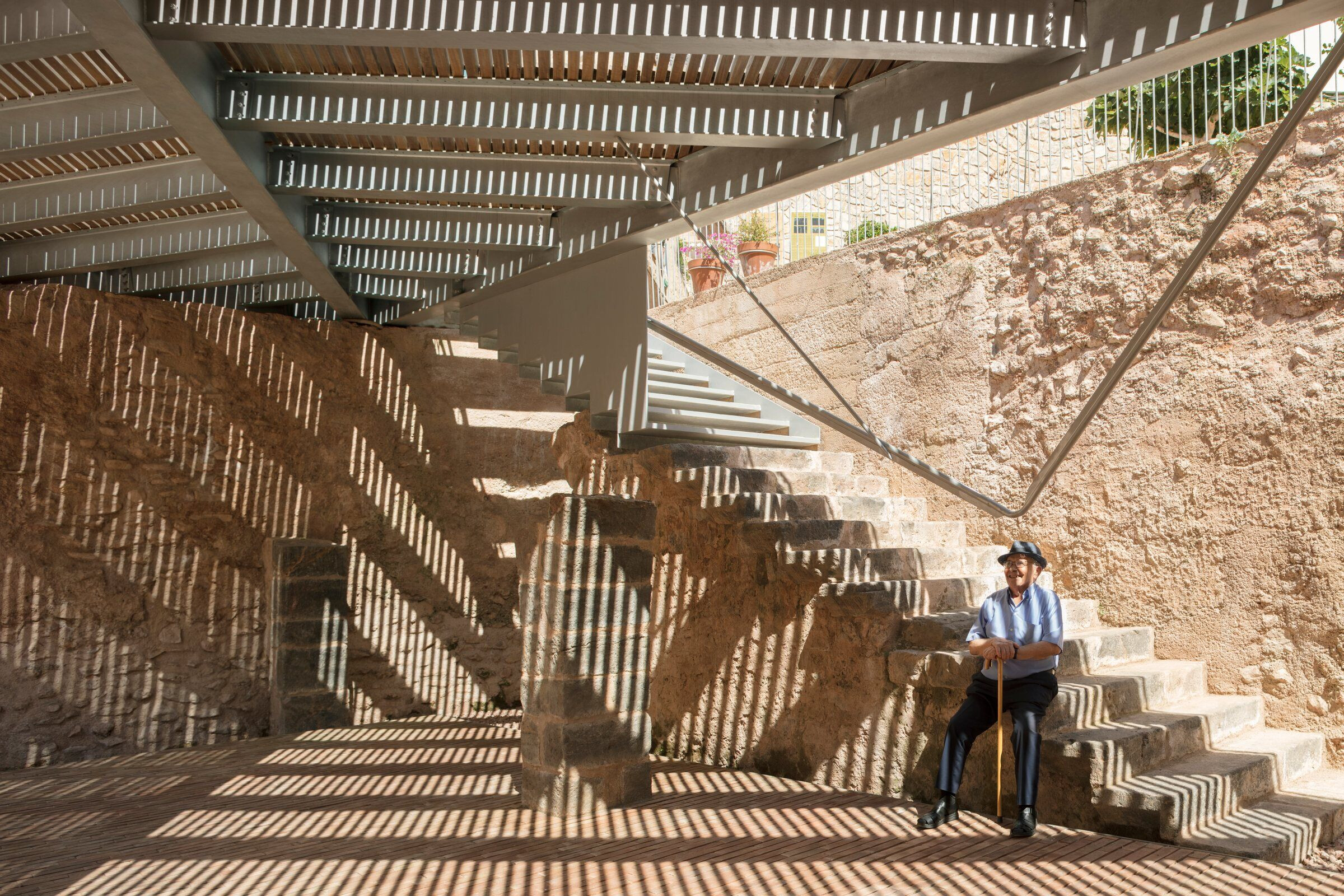
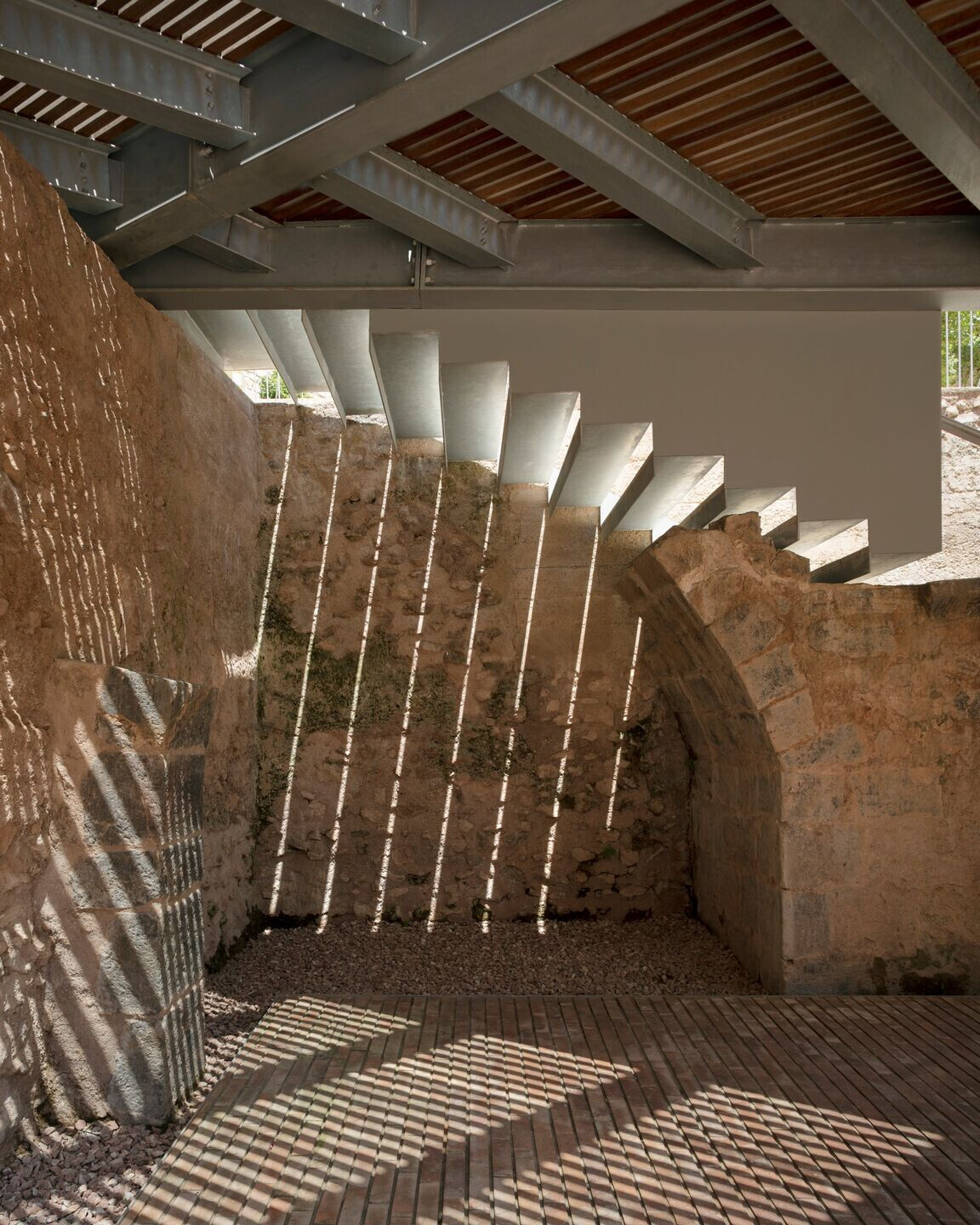

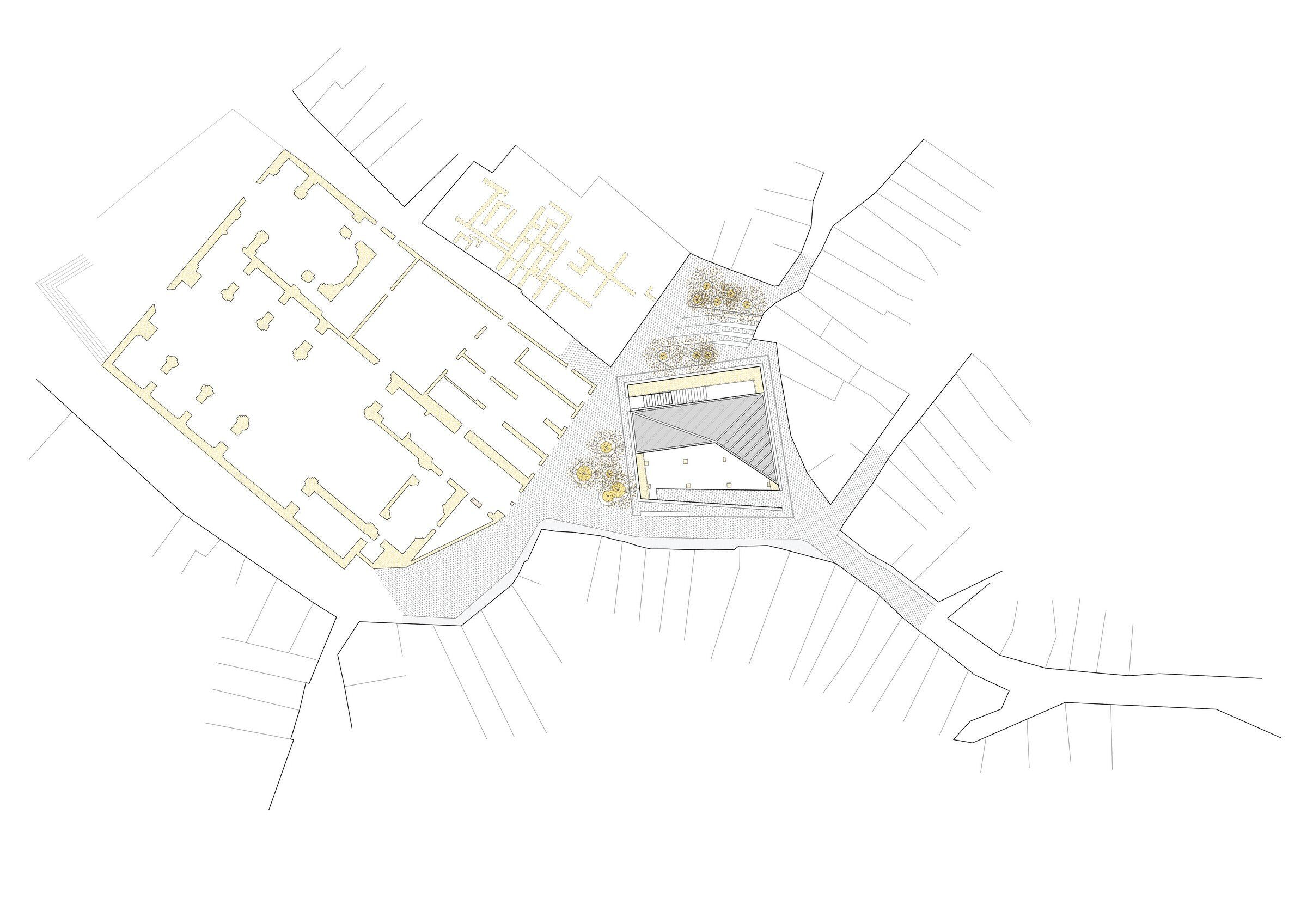
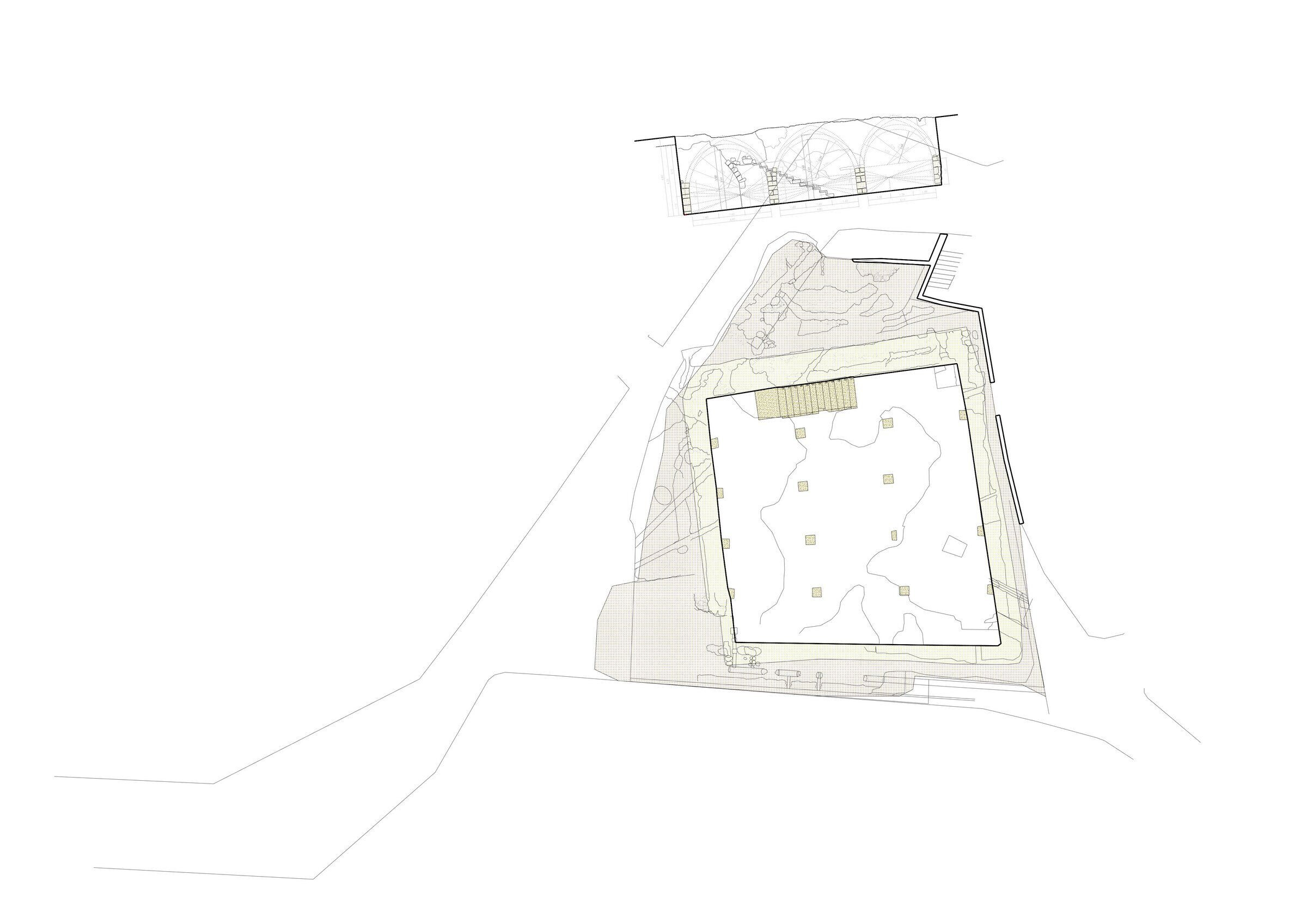
Material Used:
Pavement: Vicente Camp, Construcciones Manudavi
Luminaires: Iluminacion ERCO





































